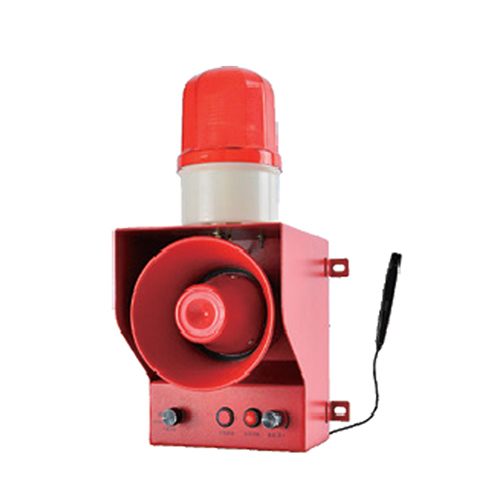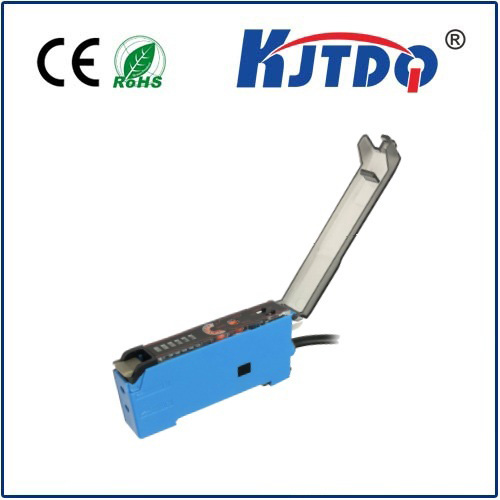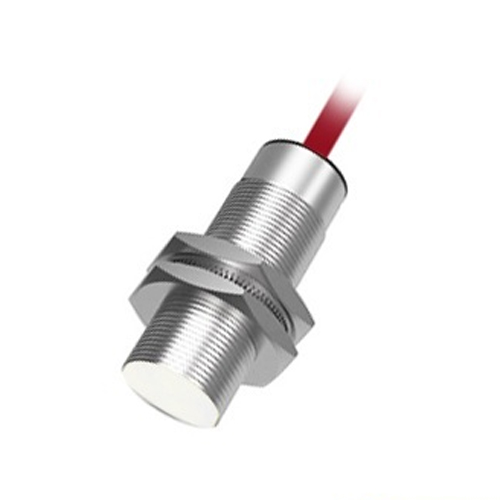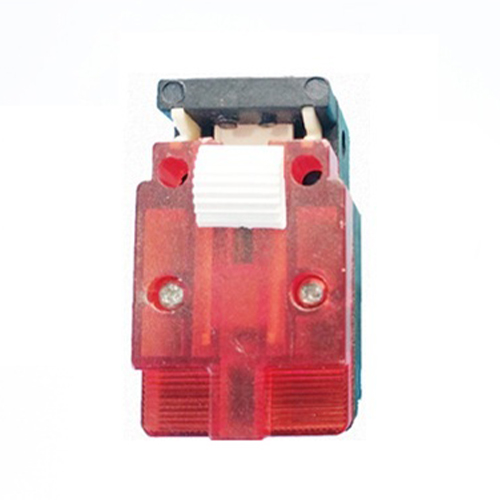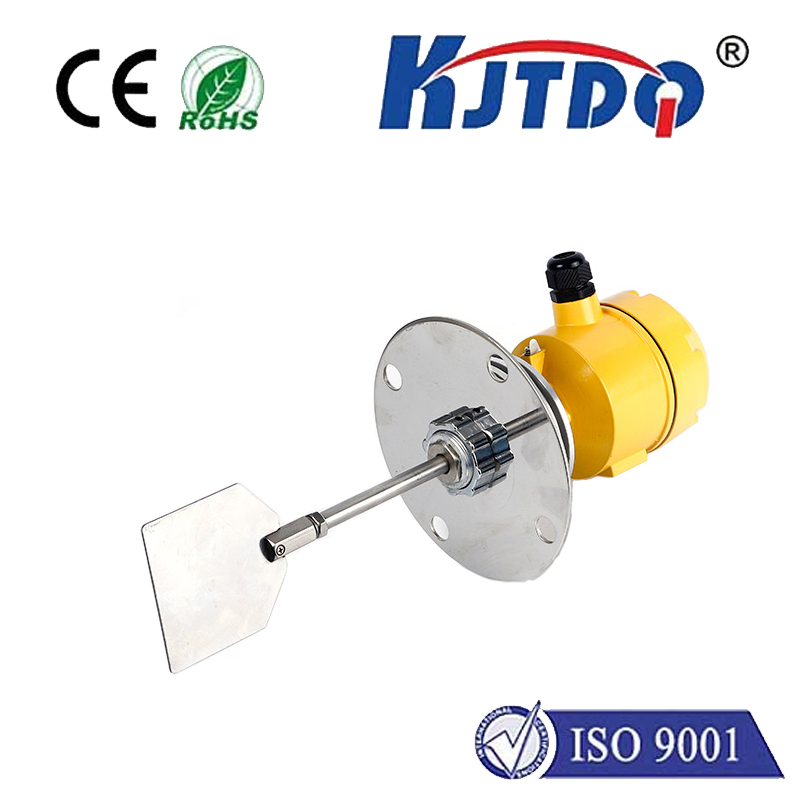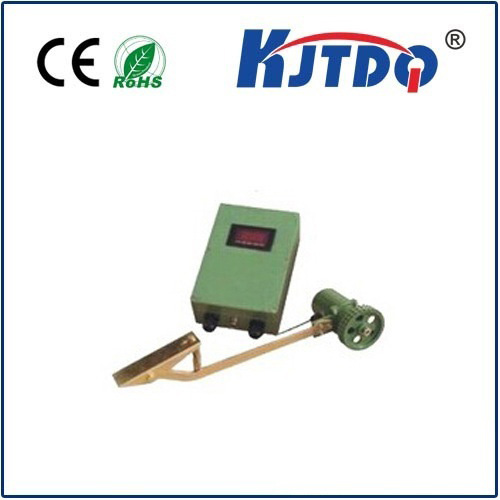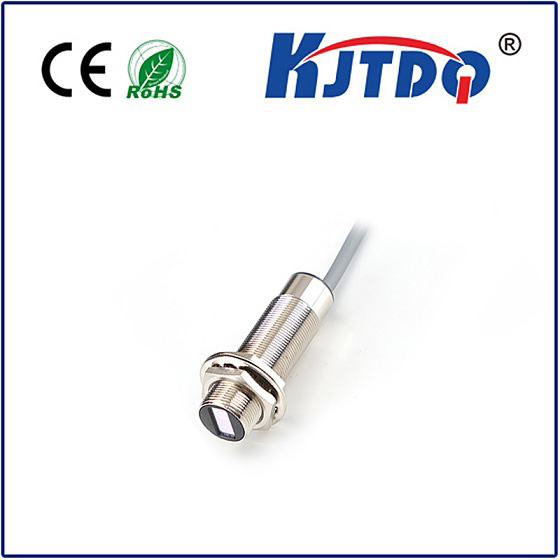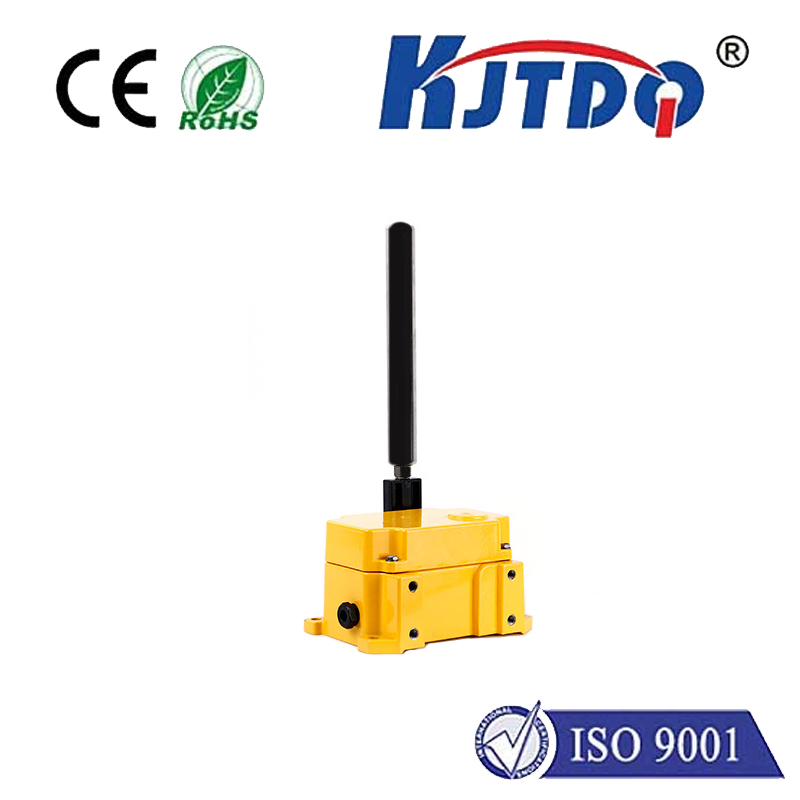infrared proximity switch
- time:2025-06-16 17:22:19
- Click:0
Infrared Proximity Switches: The Invisible Guardians of Modern Automation
Imagine a world where machines intuitively sense your presence: doors slide open seamlessly, faucets activate without a touch, production lines halt instantly if a hand strays too close, and your phone screen dims as you raise it to your ear. This isn’t science fiction; it’s the everyday reality powered by the unassuming yet critical infrared proximity switch. These ingenious devices are the silent sentinels, enabling safe, efficient, and touchless interaction across countless applications, making them indispensable components in our increasingly automated world.
At its core, an infrared proximity switch is a non-contact sensor that detects the presence or absence of an object within a specified range. It achieves this remarkable feat using infrared (IR) light, a portion of the electromagnetic spectrum invisible to the human eye. The fundamental operating principle involves emitting an IR beam and then detecting whether that beam is reflected back by a nearby object.
Here’s the typical sequence:
- IR Emission: An infrared LED (Light Emitting Diode) within the switch emits a beam of infrared light.
- Transmission & Potential Reflection: This IR beam travels outward from the sensor. If no object is within its detection range, the beam simply continues into space.
- Object Detection: When an object enters the switch’s sensing field, it reflects a portion of the emitted IR light.
- Back to the Source: The reflected IR light travels back towards the sensor.
- Reception & Processing: A sensitive photodetector (often a photodiode or phototransistor) within the same housing as the IR LED captures this reflected light signal. An internal electronic circuit then processes this signal.
- Output Signal: Based on the intensity of the received reflected light (or its absence), the circuit triggers a change in its output state. This is usually:
- Normally Open (NO): Output turns ON (conducts) when an object is detected.
- Normally Closed (NC): Output turns OFF (stops conducting) when an object is detected.
Modern proximity switches often employ modulated IR signals. Instead of sending a constant beam, the IR LED pulses the light at a specific frequency. The detector circuit is then tuned to recognize only that specific modulation frequency. This sophisticated approach provides significant benefits:

- Immunity to Ambient Light: By ignoring steady-state or differently modulated light sources (like sunlight or artificial room lighting), the sensor avoids false triggers, ensuring reliable operation.
- Increased Sensitivity & Range: Modulation allows for better signal discrimination and amplification, enhancing the sensor’s ability to detect weaker reflections or objects at greater distances.
Why Choose an Infrared Proximity Switch? The Compelling Advantages:
The widespread adoption of IR proximity sensors is driven by several inherent benefits over mechanical switches or other sensing technologies:
- Non-Contact Operation: This is the paramount advantage. Detection occurs without any physical touch, eliminating wear and tear on both the sensor and the target object. This translates to dramatically longer operational lifetimes and reduced maintenance costs.
- High Reliability & Speed: With no moving parts to jam or degrade, infrared sensors offer exceptional long-term reliability. They also react incredibly quickly to changes in object presence, crucial for safety interlocks and high-speed automation.
- Durability: Sealed housings typically protect the IR LED and photodetector, making these switches resistant to dust, dirt, moisture, oil, and vibration. This ruggedness allows them to thrive in demanding industrial environments where mechanical switches would falter.
- Versatility in Detection: Infrared proximity switches can detect virtually any solid object, regardless of material composition (metal, plastic, wood, cardboard, etc.), surface color, or texture. This contrasts sharply with some other sensor types that struggle with non-metallic or dark objects.
- Compact Size & Easy Installation: Modern designs are incredibly compact, allowing integration into tight spaces. Their simple ON/OFF output is easily interfaced with control systems like PLCs, microcontrollers, or relay logic circuits.
- Cost-Effectiveness: Mass production and proven technology make them a highly economical solution for countless detection tasks.
Ubiquitous Applications: Where Infrared Proximity Switches Shine
The practical applications for infrared proximity sensors span across industries and our daily lives:
- Industrial Automation: Counting objects on conveyors, detecting product positioning, monitoring bin levels, verifying part presence in assembly jigs, and triggering actuators. They are fundamental to process control and safety interlocks on machinery (e.g., stopping a robot arm if personnel enter a zone).
- Consumer Electronics: Screen on/off control in smartphones and tablets when held near the ear, automatic faucets and soap dispensers, touchless flushers, paper towel dispensers. They provide intuitive, hygienic user interaction.
- Security Systems: Safeguarding restricted areas, detecting unauthorized access through windows or doors (as part of beam-break systems), and monitoring perimeter fences.
- Robotics: Enabling obstacle avoidance, guiding robots along paths (via reflective tape), detecting gripper closure on objects, and providing docking feedback.
- Automotive: Power trunk/hatch opening gestures, rain sensors for automatic wipers (sometimes combined with other tech), occupant detection for airbag systems, and reversing sensors.
- Home Appliances: Detecting loading/unloading positions in dishwashers and washing machines, controlling display backlighting in response to user presence, or automating trash can lids.
- Vending Machines: Verifying coin entry, detecting product dispensing, and preventing jams by ensuring items fall correctly.
- Medical Equipment: Presence detection for automatic sanitizing stations, ensuring correct positioning of components in diagnostic tools, and enhancing patient safety around moving parts.
Key Considerations for Implementation:
To maximize the effectiveness of an infrared proximity switch, a few factors are crucial:
- Sensing Range: Select a sensor with the appropriate nominal sensing distance (Sn) for the application, considering any necessary safety margins.
- Object Characteristics: While generally material-independent, highly transparent objects (clear glass or plastic) or materials with very low IR reflectivity (like matte black) can pose challenges. Sensor selection or positioning may need adjustment.
- Environmental Conditions: Extreme temperatures, heavy dust, steam, or strong direct sunlight can interfere with operation. Choosing sensors with suitable IP ratings and robust environmental specifications is essential.
- Mounting & Alignment: Correct alignment between the sensor and the target path is vital. Mounting must be secure to prevent vibration-induced misalignment. Background objects or highly reflective surfaces near the detection path can cause false readings.
- Output Configuration: Ensure the output type (NO/NC, PNP/NPN transistor, relay) and voltage/current ratings are compatible with the receiving control system.
From streamlining factory floors to adding subtle intelligence to our gadgets, the infrared proximity switch is a testament to simple, elegant engineering solving complex problems. Its ability to provide reliable, non-contact detection invisibly and efficiently solidifies its role as a fundamental building block in the architecture of modern automation and interactive technology. As the demand for smarter, safer, and more intuitive systems grows, these versatile sensors will undoubtedly continue to evolve, silently sensing their way into the future.






